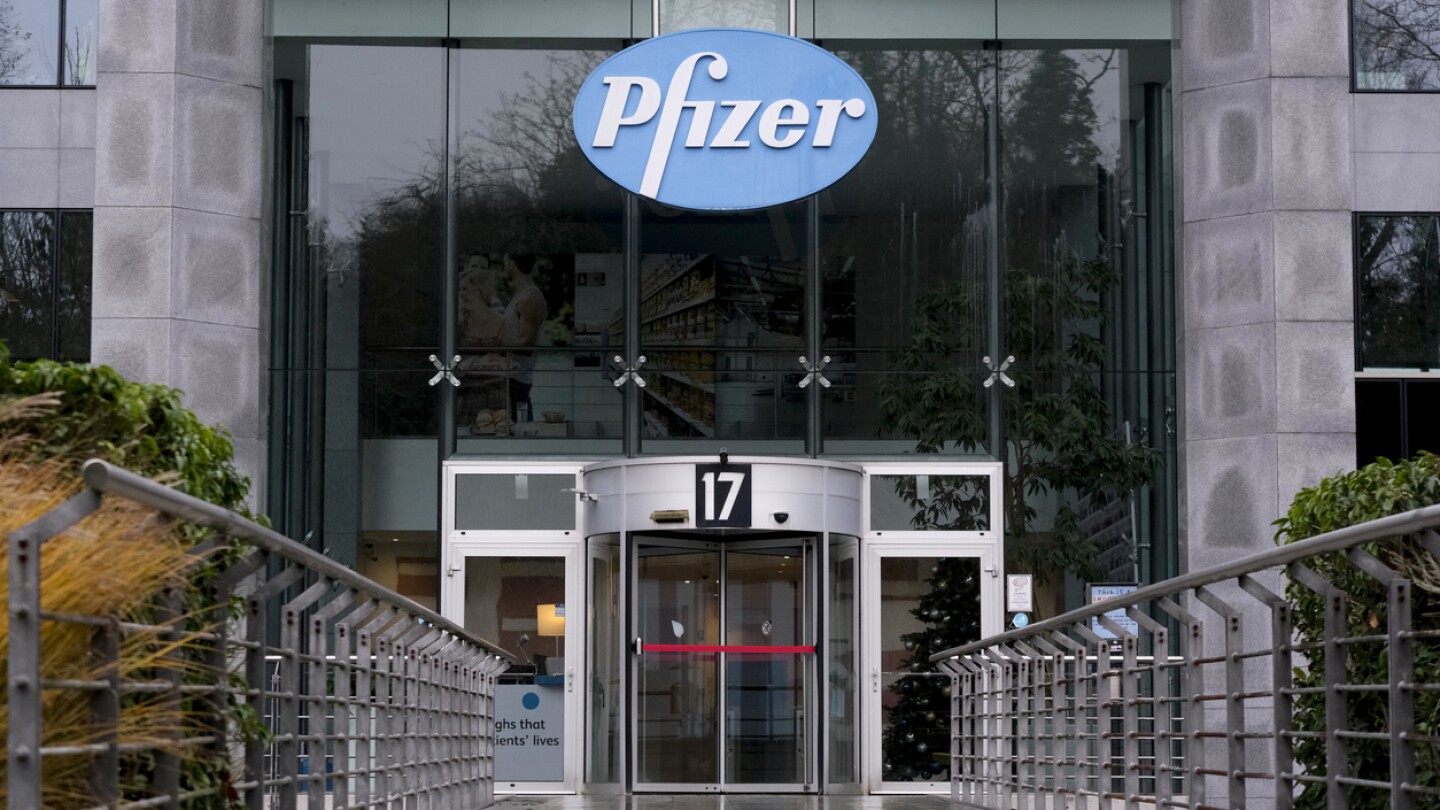Clinical research
In this episode of Denatured, Jennifer C. Smith-Parker speaks to Maha Katabi, general partner at Sofinnova Investments and Andrew Lam, managing director, head of Biotech Private Equity at Ally Bridge Group, about how M &A dynamics, dealmaking and global partnerships are reshaping portfolio valuations and paths to growth in 2026.
After a prolonged funding chill, investors say 2026 is shaping up for continued dealmaking and diversified bets beyond oncology and immunology.
Arrowhead heralded the results as proof of concept that inhibiting the Activin E pathway can improve body composition and enhance weight loss as compared to tirzepatide alone, particularly in patients with type 2 diabetes.
The fierce rivalry between Novo Nordisk and Eli Lilly is alive and well, as the two companies are expected to face off with their new obesity pills this year.
One way Takeda lives out its values is by striving to ensure that patients are aware of and can access the company’s clinical trials. Two employees from its research and development organization discuss why representation matters and the work their team is doing to benefit patients now and in the future.
The major depressive disorder failure for BHV-7000 is the drug’s second, after Biohaven’s spinocerebellar ataxia treatment troriluzole was rejected by the FDA in November 2025.
With a pair of Phase III trial flops, Ultragenyx will explore cost reductions as analysts turn attention to an upcoming Angelman syndrome readout.
Analysts said the outcome is disappointing because there are no approved treatments for dyskinetic cerebral palsy, but the setback had little impact on Neurocrine’s valuation.
The patient, who died on December 14, was originally enrolled in a Phase III study in 2022 and transitioned into an extension phase in 2023.
Ceralasertib is part of AstraZeneca’s ambitious plan to hit $80 billion in revenue by 2030.
PRESS RELEASES










